
Original Ideas?
If there are only a limited number of basic plots, as many people claim, how does a writer make a book original, fresh, and interesting?
Almost any plot line you can come up with has been done before. Heck, even fairy tales riff off each other — “Beauty and the Beast” and “East of the Sun, West of the Moon” both contain elements from the Greek myth of Eros and Psyche. But a good author can take those familiar themes, elements, or plot lines and bring their own vision to them, creating something that feels fresh and new — or retell an old story so compellingly that it lives again — or blend familiar elements in unexpected ways.
Sticking with fairy tales as an example, there are some terrific retellings and re-imaginings out there. Robin McKinley’s Beauty and Rose Daughter are both inspired by ‘Beauty and the Beast’, but they’re very different from each other in flavor and tone. McKinley’s Spindle’s End re-imagines ‘Sleeping Beauty’ with gorgeous writing and some highly original twists — not to mention a main character who is far from the passive, sheltered princess of the original fairy tale. Gail Carson Levine’s Ella Enchanted breathes life into the Cinderella story by turning the main character’s obedience into a curse and giving her much more agency (and many more adventures) than the fairy-tale character. Marissa Meyer’s Lunar Chronicles series takes its inspiration and themes from Cinderella, Red Riding Hood, Rapunzel and Snow White and remixes them with dystopian SF, werewolves, and even a few echoes of Star Wars. (Reviews: Cinder, Scarlet, Cress, Winter) Mercedes Lackey’s The Serpent’s Shadow takes the basic elements of ‘Snow White’ and recasts them in an Edwardian London with Elemental magic and Hindu gods; her Snow White character is neither white nor powerless. All of these authors took a familiar story or stories and created something new and interesting from the original source material.
Take another example: the basic plot of Hamlet. A young prince, a dead king, an evil stepfather who wants to seize power. Recast it with lions in Africa, and you’ve got the beginnings of The Lion King. Or how about Homer’s Odyssey? Rick Riordan incorporated many of Odysseus’s adventures into The Sea of Monsters, the second Percy Jackson book. In fact, all of Riordan’s books take elements from myth and incorporate them into modern-day settings — and they’re hugely popular.
The whole question of originality vs. “it’s been done before” goes a lot deeper than retellings of fairytales and myths, of course. Joseph Campbell believed there was one central pattern within most myths and stories: the Hero’s Journey. (Campbell also identified a number of archetypal characters and events within the Hero’s Journey.) Others, including Christopher Booker, have stated that there are only seven basic plots. Booker calls them Overcoming the Monster, Rags to Riches, The Quest, Voyage and Return, Comedy, Tragedy, and Rebirth. The point is, whether there is one basic storyline, or seven plots, or even fifteen (to pull a number out of the air), chances are that anything you want to write has been written before, and probably more than once.
But that doesn’t mean that it’s pointless to try. As I said above, it’s not whether it’s been done before, it’s how you do it. What can you bring to the idea that is fresh and original? Mystery novels all adhere to the same basic plot: a crime has been committed, the detective(s) investigate the crime and discover clues which help them solve the crime, and (almost always) the culprit is eventually revealed — to the reader at least. Yet good writers still find new ways to write mysteries. Agatha Christie wrote one book from the point of view of the murderer, without revealing the killer until the final pages. Talk about an unreliable narrator! And yet everything that narrator says is, in fact, true. The key lies in what isn’t said. Christie wrote another story with multiple murderers, and frequently employed the unexpected twist in constructing her plots. On the other hand, the writers behind the TV show Columbo told each mystery backwards: the viewer knows who did it and how from the very beginning. The suspense comes from wondering how (not if) Lt. Columbo will solve the case and prove the villain’s guilt.
The bottom line is: Write what you want to write, regardless of whether it’s been done before. Bring to it your own unique perspective, your own voice, and stop censuring your writing because someone else already had that idea. Make it yours.
Inspiration for this post
This post was inspired by the Tumblr exchange below:
(and this blog entry: http://yahighway.tumblr.com/post/88755321222/plot-originality-and-the-value-of-ideas )


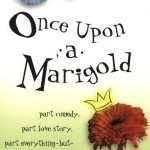






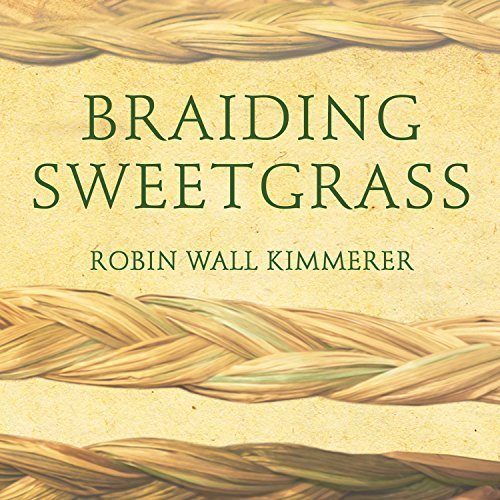
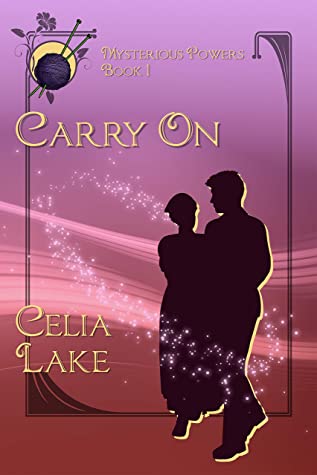

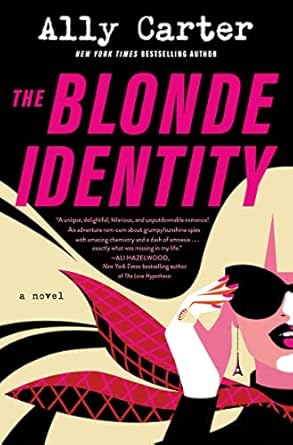
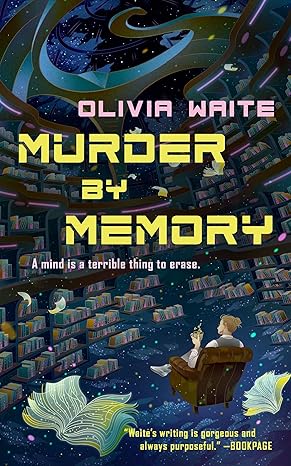
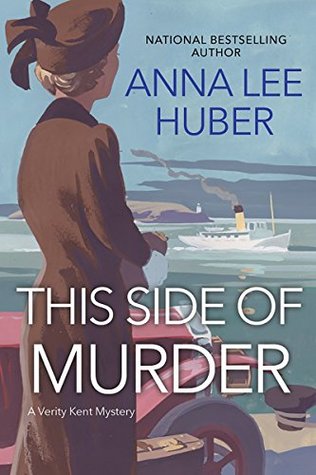
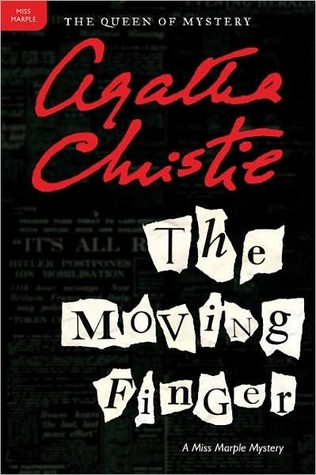
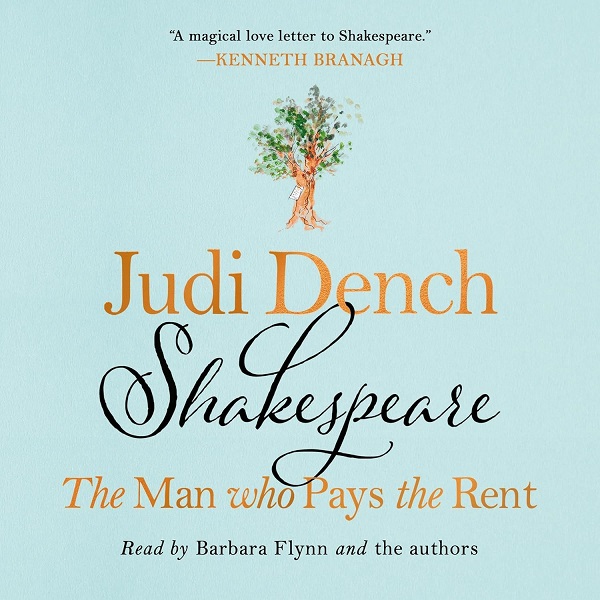
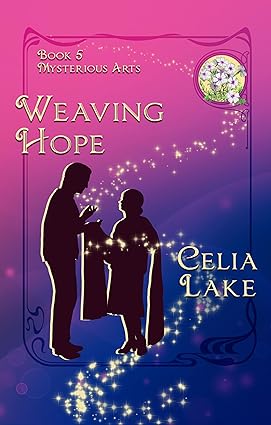
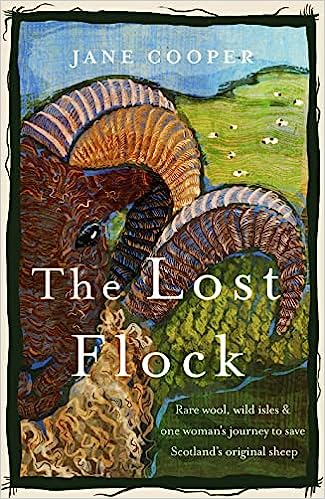
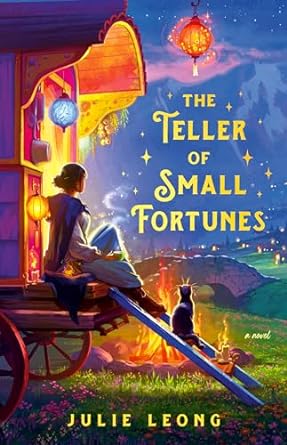
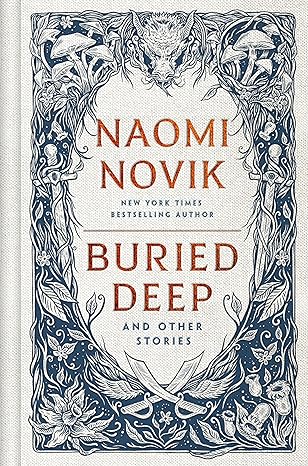
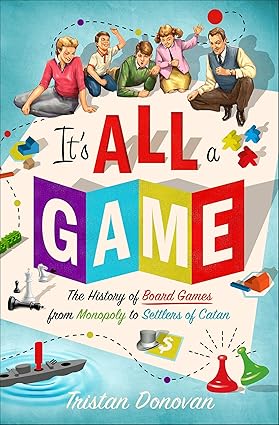
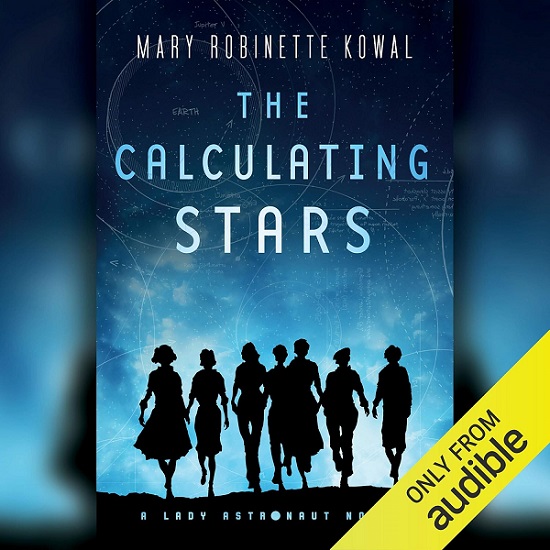
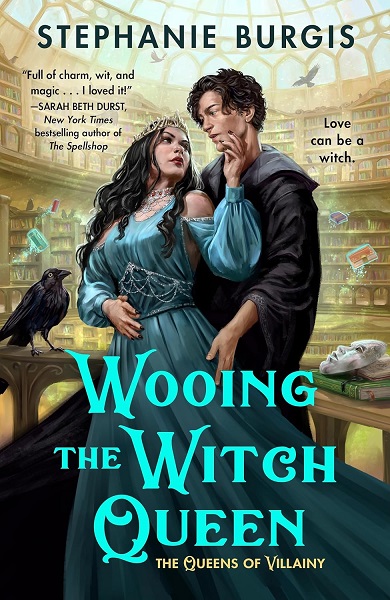
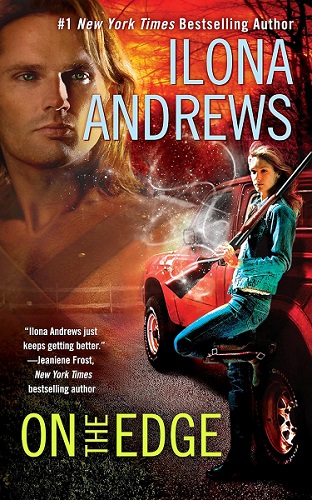
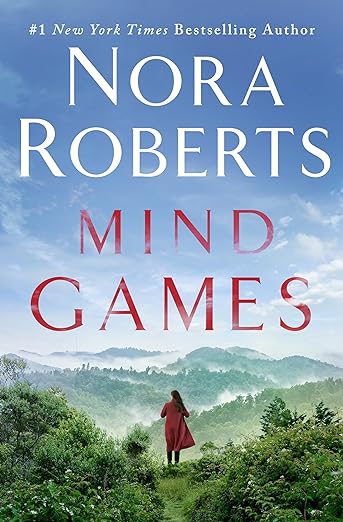
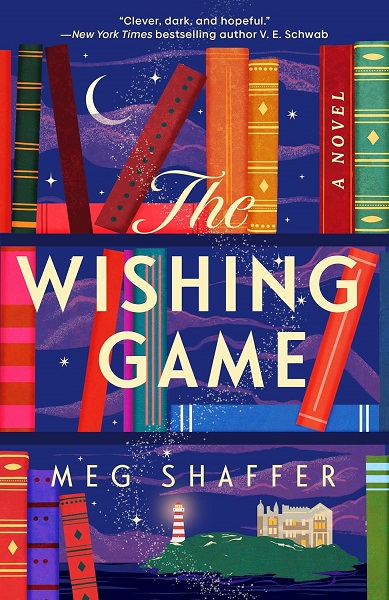
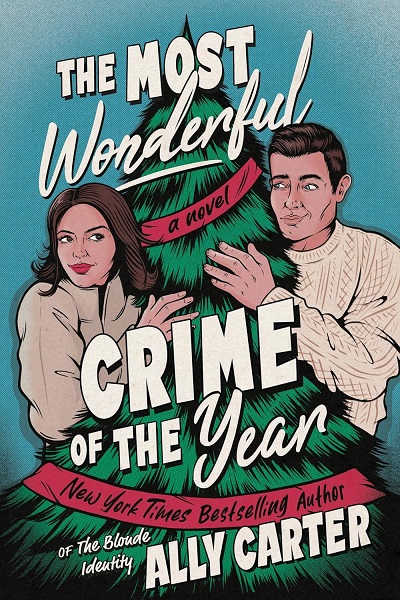
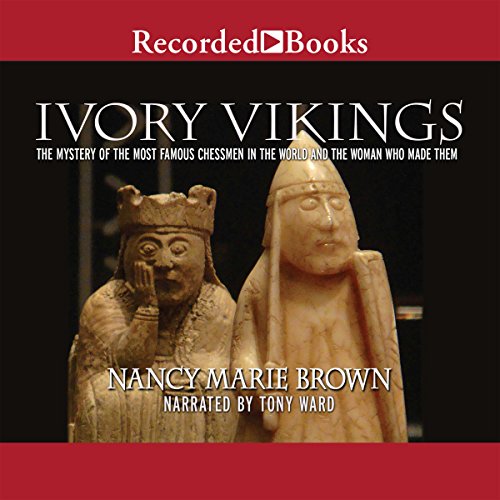

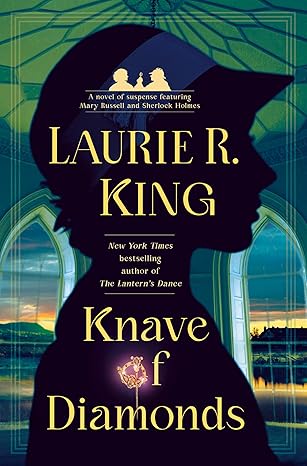
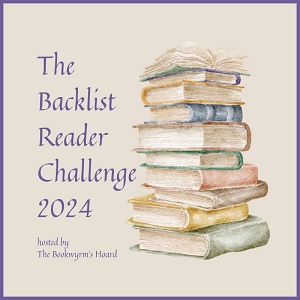



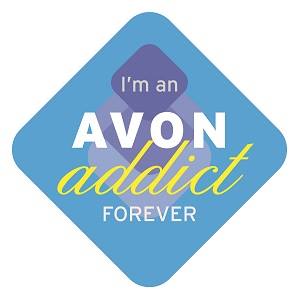

Lark
Awesome post! Very inspiring…and very true. 🙂
Lark recently posted…Red Queen
Lark_Bookwyrm
Thank you, Lark!
Katherine @ I Wish I Lived in a Library
Oh I love this post! I love that Agatha Christie you mentioned and there was an earlier book she experimented with for a similar ending. I do think for the most part that all authors make a plot their own through their characters or their setting or their basic voice. You definitely have me thinking over the plots I’ve seen time and again.
Katherine @ I Wish I Lived in a Library recently posted…Body on the Bayou – Mystery Review
Lark_Bookwyrm
Christie was an absolute master of the unexpected ending. I know she didn’t invent the concept, but she did employed it with so much flair and imagination that “Christie” and “surprise twist” are practically synonymous in most people’s minds.
I’m glad you enjoyed the post and that it got you thinking!
Berls
So true! This is why I get angry when fandoms try to crucify an author for having similarities in their book to their favorite – there’s a big difference between stealing ideas and using the basics that are out there to create your own original story. Some things like mysteries – as you said – or paranormal elements are the stock of the genre! Great post 🙂
Berls recently posted…Do you agonize over emoticons?
Lark_Bookwyrm
Thank you, Berls! Yes, it shouldn’t be surprising to see books with similar elements of plot and even character. I didn’t talk about archetypal characters; maybe that’s another post. 🙂
Rita @ View From My Books
Oh, I like this post!
I used to like to do my own little scribbling projects (a/k/a trying to write “The Great American Novel”) and I did keep reading about the presence of only a few basic plots. So true, but also I enjoyed the way you argued for creativity. That’s what makes it interesting for us, the reader. Sure, we’ve probably read the same type of story, but the writing style, the exact setting and how it’s described, the main characters’ quirks and habits…. it’s all good.
I like the poster in your snippet above saying “I don’t check to see if a book has a similar plot…..” because of course there will be one or two– or a thousand– out there similar but if you tell the story in your own words it’s original because every person is original.
Thanks for sharing this 🙂
Rita @ View From My Books recently posted…Subgenres of Suspense to Look For this Year
Lark_Bookwyrm
Thank you, Rita! Of course it’s possible to write a complete knock-off, and some people do, and sometimes they even get published. But I think as long as you try to find your own voice, your own approach, and make your characters their own people rather than copies of someone else’s, you’ll be being original and creative regardless of which other books your plot might resemble.